In the Karauli district of Rajasthan, the Kailadevi temple is rooted. The temple is located in the hills of Aravali on the banks of the Kalisil river and the Banas river influences it. Goddess Kaila Devi is the main deity of the temple and is the guardian deity of Jadon Rajput rulers of the district.
With a large courtyard, the temple is built of marble with checkered flooring. People will see the red flags at one place in the temple, which are planted by the devotees to fulfill their wishes. Flags are offered along with bhog every year by the devotees. The most interesting thing about the temple is the bhajans sung by Bhagat ji every night at 9:00 PM.

Different kinds of devotees from states like Madhya Pradesh, Rajasthan, and U.P. Every year in the month of Chaitra come to seek blessings from the Goddess and offer prayers.
Many things have to be discussed about the temple’s history, rituals, and significance. Move ahead to read more. Let’s go!
Architectural Significance of Kaila Devi Temple
Visiting Kaila Devi Temple established on the banks of the Kalisil River is the representation of faith and tradition. The marble architecture of the temple echoes centuries of devotion. This is the home of the Goddess and draws many people during the vibrant Chaitra fair. It’s covered by tranquil Aravali hills, giving a sense of the experience of divine existence and cultural heritage.
The temple is a testament to divine belief and architectural splendor. It is believed that Goddess Kailadevi is the incarnation of Mahayogini Maya (daughter of Nanda-Yashoda). The history of the temple is rich and connected with the 11th century. The time when the Goddess idol first came to Karauli.
The deity symbolized safety and blessing to the local priest, Kedargiri, and the huge community. The temple’s structure boasts marble structure and is a good example of Rajasthani craftsmanship’s grandeur.

There are two deities houses in temple Kaila devi and Chamunda devi. These idols of Goddesses are situated side by side and exude religious aura and historical importance. In the 18th century, the temple founded by Maharaja Gopal Singh Ji aligned as a spiritual haven.
Kaila Devi is a cultural heritage site, drawing devotees and tourists alike. Every year, a Chaitra fair is organized in Karauli, a fortnight of devotion that attracts thousands of devotees. It shows the deeply rooted hindu culture and endless faith in Goddess Kaila Devi.
History of Kaila Devi Temple
The Kaila Devi temple in Karauli is dedicated to Goddess Kaila Devi, another form of Mahayogini Maya, worshipped for her defensive and nurturing qualities. The history of the temple is rooted in local legends and traditions with many stories of its origins in different times.
People consider that the temple was located a long time ago and has remained a center of devotion and pilgrimage ever since. The annual Kaila Devi fair, held during the Chaitra month (March-April), especially attracts people to Kaila Devi in Rajasthan. This major event in the city features religious customs, traditions, and a lively marketplace.

There is no such history of the Kaila Devi temple. It is established in Barkat Nagar of Kaila Devi village. It has three statues – Kaila Devi, Bhomiya ji, and Bheru ji Maharaj. The activities and events are managed and governed by the Kaila Devi community.
Religious Rituals of Kaila Devi Temple
Kaila Devi temple schedules many pujas, rituals and prayer ceremonies the entire day. People from different states visit the temple to seek goddess blessings, offer prayers, and participate in ceremonies.
The yearly kaila devi fair we already discussed in the above sections is the most attractive ritual organized at the temple. The fair is a vibrant performance that involves devotional music, cultural performances, and a bustling marketplace. It provides unique possibilities for witnessing local rituals and communicating with other devotees.
How to Reach Kaila Devi Temple?
There are three ways to reach Kaila Devi temple: by train, road, bus, and car.
1. By Road
You can reach Kaila Devi temple by road from many cities and towns in Rajasthan and nearby states. A few of the major cities close to the temple are Karauli (25.1 km), Gangapur (36 km), Hindaun City (54.2 km), and Jaipur (178.6 km).
2. By Car
Visiting the Kaila Devi temple gives flexibility and personal touch to the devotees. Going by car from Jaipur, the route starting from Jaipur is accessible via NH21, a well-maintained way that gives easy travel. The journey will be about 3 to 4 hours.
3. By Bus
To the Kaila Devi temple, regular bus services link with major cities such as Karauli, Jaipur, and Hindaun city. RSRTC buses regularly run from state to private operators and drop at the temple. The journey is an option to see the vibrant rural life of Rajasthan culture. The buses stop at Kaila Devi bus stand around 700 meters from the temple.
4. By Train
You can go to the temple by train also from major cities such as Jaipur and New Delhi to Gangapur city railway station. This is the closest railway station to the temple, located around 38.3 km, covered in 1.5 hours away. The temple is located close to the broad gauge Western Central Railway line on Delhi – Bombay railway route. You can get a taxi or bus from Gangapur city to reach Kaila Devi.
Best Time to Visit Kaila Devi Temple
Kaila Devi temple of Rajasthan is drawing year-round; every season gives a unique experience for travelers.

Best weather: The best months to visit are October through March when the temperature is temperate and cool. They avoid the extreme summer heat during this time, making the trip more pleasurable. Additionally, the lively Kaila Devi Fair, a spiritual and cultural highlight, takes place during this time in March and April.
Best week: Weekends can get congested, but weekdays are better. It allows you more room and tranquility to explore and pray without hurry.
Best time of the day: The temple is best visited in the early morning, at 4:00 a.m. You can start your day with blessings by taking part in the morning aarti when the temple is less busy. You can visit the temple between 9:00 and 9:00 p.m., albeit it shuts at 8:30 p.m. They allow you to visit the temple between 9 pm and 9:30 pm to be part of the jagran.
Things to Remember While Visiting Goddess Kaila Devi
- Temple timing is open from early morning until late in the evening. The temple may have different timings for offerings and ceremonies, so we advise checking the schedule before getting there. The temple is open all days of the week from 8 AM to 9 PM.
- Seeking blessings from the Goddess required to wear traditional and ethnic clothes. Pilgrims must wear clothing that should cover their shoulders and knees. Before entering the temple premises, make sure to remove your shoes.
- They prohibit photography inside the temple to maintain its sanctity. It is good to ask about the rules after coming.
- Pilgrims must follow respectful behavior and guidelines added by the temple communities. It includes managing silence while offering prayers and abstaining from annoying followers.
Activities to Do Near Kailadevi Temple

You can do various things in and around the temple, including:
- A visit to Kedar Nath cave and temple.
- Visit Ranthambore Sanctuary.
- Visit to Nakkash ki devi- Gomti Dham
- Visit to Shri Mahavirji temple
- Visit to Mehandipur Balaji temple
- Barbasin temple
- The yearly Chaitra fair of Kaila Devi
- The Yatra of Kaila Devi and others
Instead of these things, visitors can see many other things inside the temple. There are no entry fees to get into the temple. Just explore them!
Conclusion
The Kaila Devi temple in Karauli is a prominent spiritual and cultural landscape in Rajasthan. Its historical importance, architectural structure, and serene place make visiting worthy for both devotees and travelers. While you are invoking spiritual solace or likely to experience local rituals and just explore the rich cultural heritage of Rajasthan, the temple would be a memorable and enriching experience.

Thus, when are you planning to visit the temple? Book your travel and arrive at your destination!

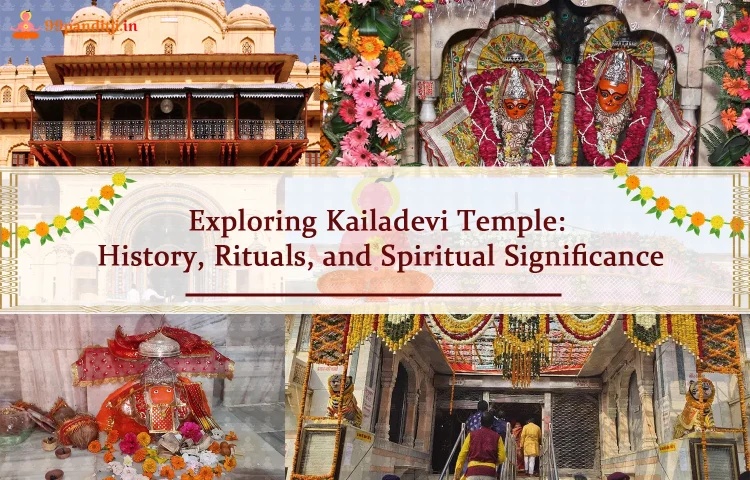
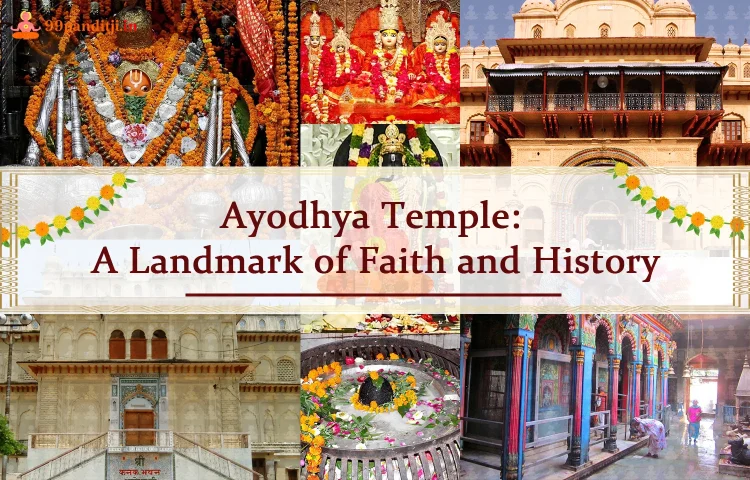

.webp)
.webp)
.webp)
.webp)
.webp)
.webp)
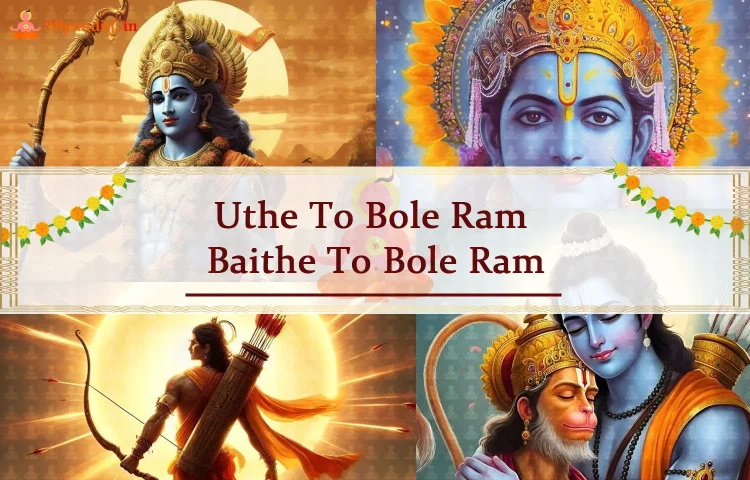


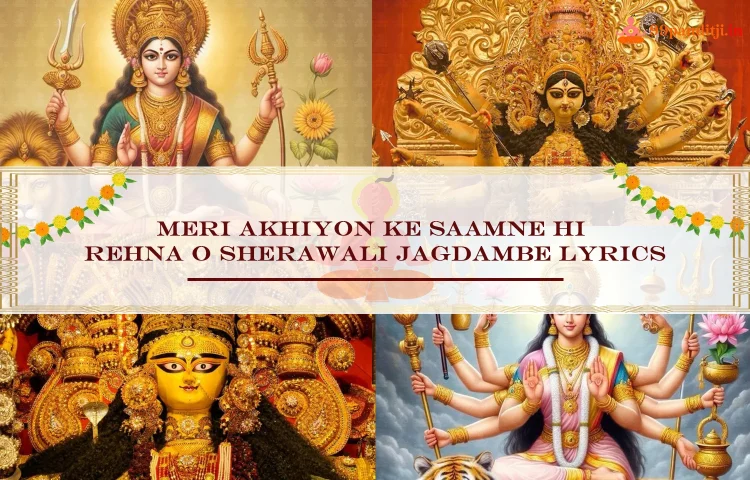


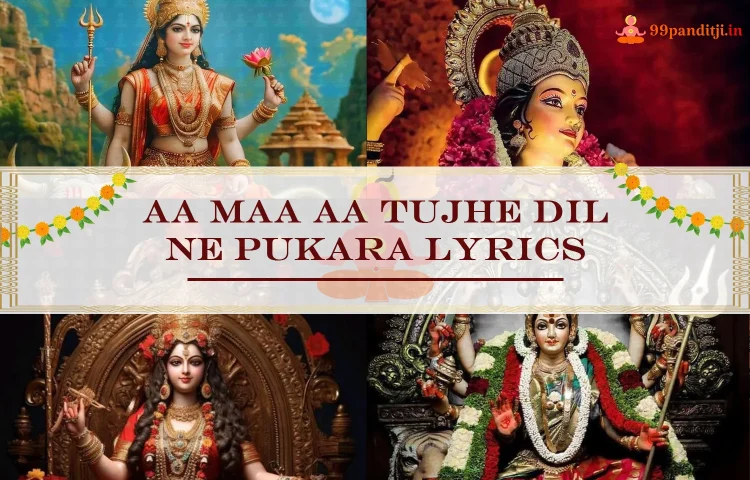
.webp)
.webp)
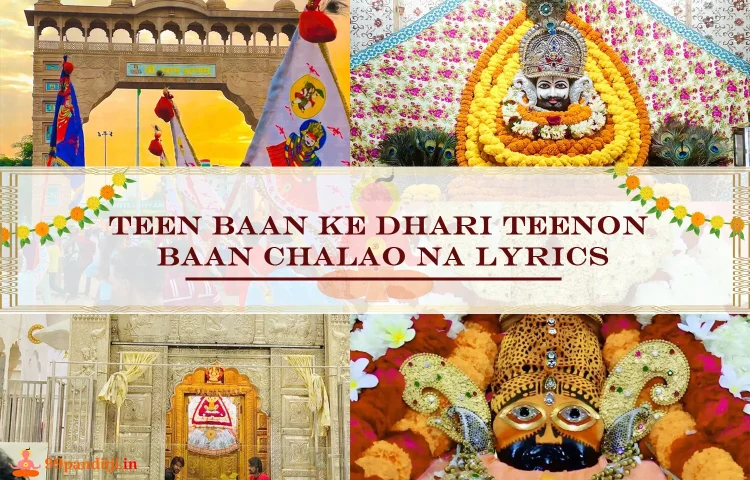


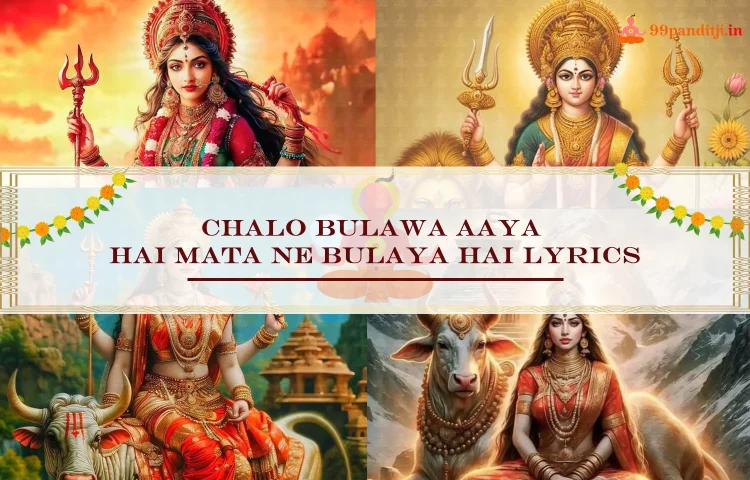


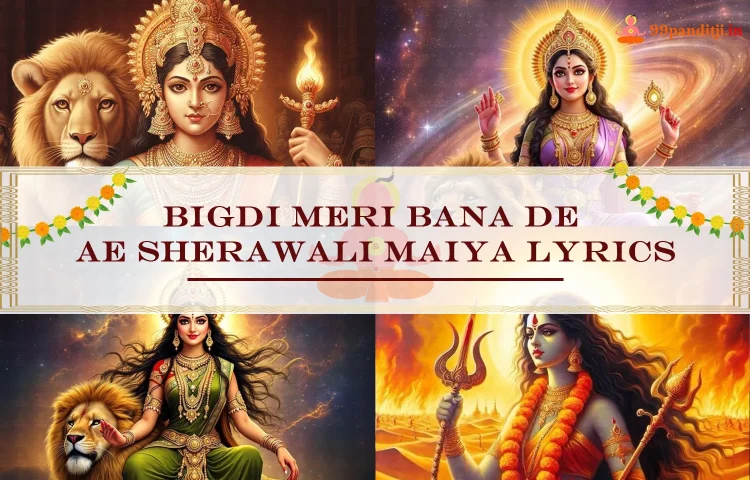


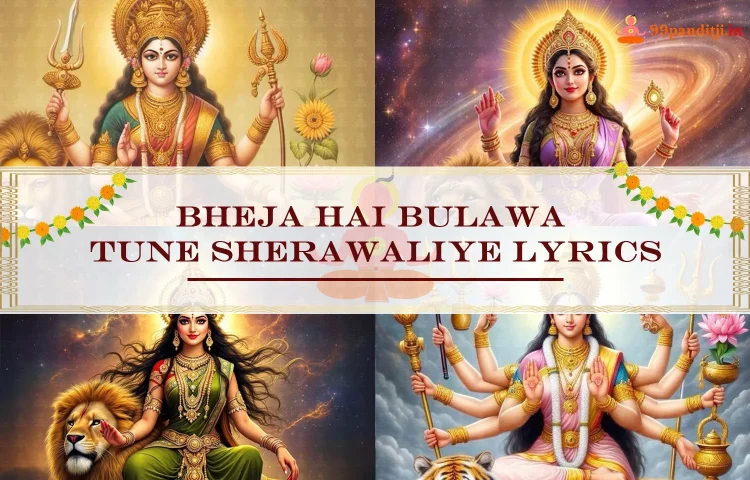


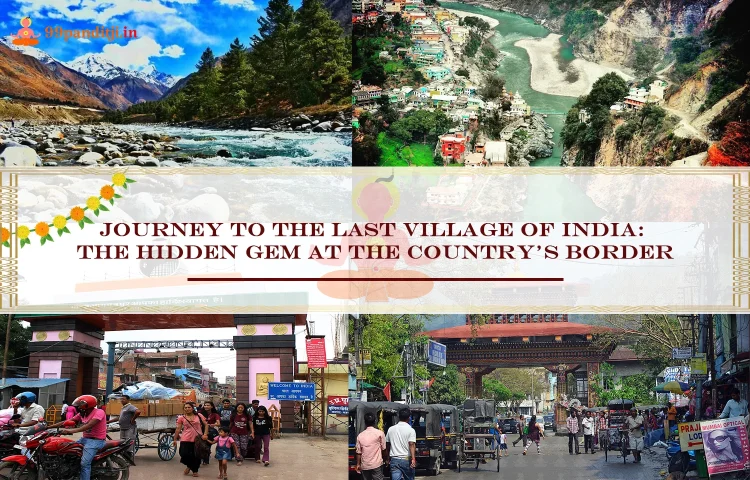
.webp)



